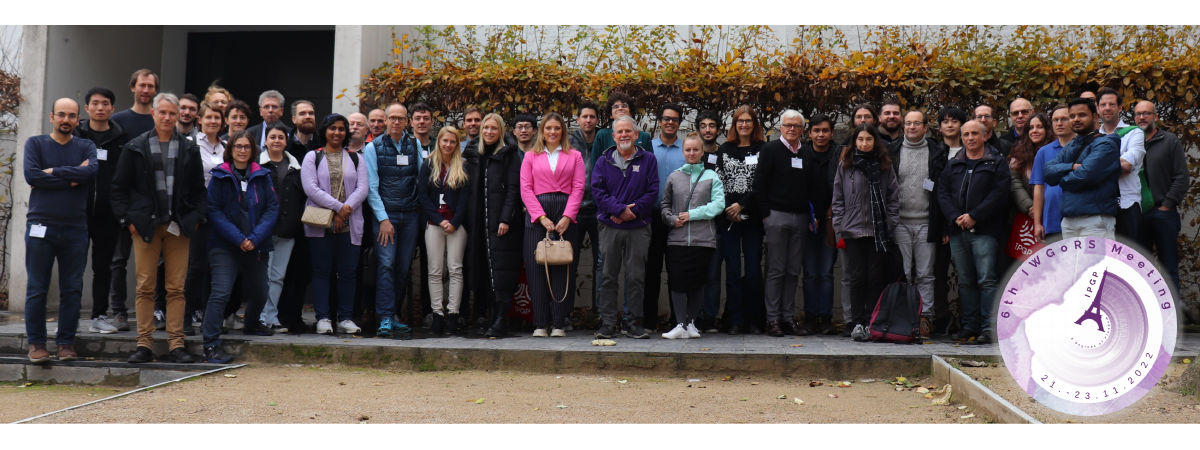G-Pisa gyrolaser: Operational details and Remote control systems
N. Beverinia,b, J. Belfia,b, G. Carellia,b, A. Di Virgiliob, D. Kolkerc, F. Stefania,b
a) Dipartimento di Fisica dell’Università di Pisa (Italy)
b) INFN, Sezione di Pisa (Italy)
c) Technical State University of Novosibirsk (Russia)
As presented in a different communication1, a square shaped laser gyroscope ,1,35 m in side, has been installed in the central hall of the Virgo experiment. The apparatus was intended to work in unattended way during the Virgo acquisition runs. For this purpose, we had to implement a robust active stabilization system that could be controlled by remote, and an automated acquisition system of the rotational signal and of the diagnostic data.
Besides the Sagnac interference signal, produced by the radiation transmitted from one of the ring mirrors, we sample also by two photodiodes the intensity signals of the two counterpropagating beams transmitted from a second ring mirror. This signal is used to stabilize in the long term the value laser emission intensity by acting on the He-Ne discharge excitation power. Finally, the clockwise radiation transmitted from a third mirror is collected in an optical fiber and sent in a scanning Fabry-Pérot interferometer in order to measure its wavelength by compared with a reference He-Ne laser. A servo circuit stabilizes this wavelength by acting in parallel on two mirrors in opposite position through two PZT’s.
All the operations of the servo circuits and of the data acquisition are governed by two PC’s that can be controlled from remote position through Internet connection.
1 A. De Virgilio et al,. present workshop.
.png)